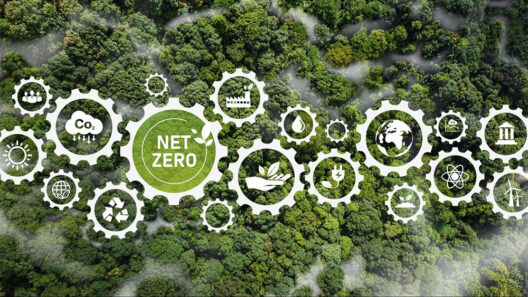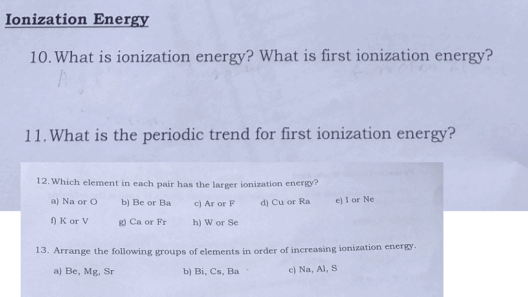In an era marked by pressing environmental concerns, the need to conserve energy in transportation is more imperative than ever. Increasing greenhouse gas emissions from vehicular traffic are contributing significantly to climate change. Adopting energy-efficient driving habits not only reduces fuel consumption but also aids in mitigating adverse environmental impacts. This article delineates several strategies that can be employed to drive smart and save fuel effectively.
Understanding Fuel Efficiency
Fuel efficiency refers to how effectively a vehicle converts fuel into distance traveled. The two primary measurements of fuel efficiency are miles per gallon (MPG) for conventional vehicles and equivalent efficiency metrics for electric vehicles (EVs). A deeper understanding of these terms is paramount for drivers aiming to conserve energy. Better fuel efficiency translates to reduced carbon footprints, lower fuel costs, and a more sustainable mode of transport.
Regular Maintenance of Vehicles
To drive smart, it’s crucial to keep vehicles in optimal condition. Routine maintenance, including oil changes, air filter replacements, and tire alignments, can enhance fuel efficiency. A well-maintained vehicle operates more smoothly, which directly impacts fuel consumption. For example, under-inflated tires can lead to increased rolling resistance, resulting in up to 3% reduced fuel efficiency. Simple acts of vigilance like checking tire pressure can make a significant difference.
Adopting Eco-Friendly Driving Habits
Another pivotal aspect of energy conservation involves adopting eco-friendly driving techniques. Gentle acceleration and deceleration can greatly enhance fuel efficiency. Rapid starts and abrupt stops consume more fuel than gradual changes in speed. Anticipating traffic conditions and settling into a smooth driving rhythm minimizes unnecessary acceleration. Maintaining a steady speed, ideally at or below the speed limit, can also conserve energy.
Utilizing Cruise Control
Utilizing cruise control on highways is an effective strategy for energy conservation. By maintaining a constant speed, cruise control can enhance fuel efficiency, particularly on long journeys. However, it’s essential to disengage cruise control in adverse weather conditions or fluctuating terrain to ensure safety and prevent any potential increase in fuel consumption.
Reducing Excess Weight and Drag
Weight and drag can significantly impact a vehicle’s fuel efficiency. Removing unnecessary items from the trunk and reducing the car’s weight can improve fuel economy. Every 100 pounds can reduce fuel efficiency by approximately 1%. Moreover, external accessories like roof racks can increase aerodynamic drag. Utilizing streamlined designs or removing these accessories when not in use will optimize the vehicle’s aerodynamics, resulting in better fuel efficiency.
Combining and Planning Trips
Efficient travel planning helps minimize energy consumption. Combining multiple errands into a single trip reduces the total number of miles traveled and optimizes fuel use. Additionally, steering clear of peak traffic hours can prevent prolonged idling, which consumes fuel without any gain in distance. Leveraging mapping applications to determine the most efficient routes can also aid in energy conservation.
Incorporating Public Transportation
For many urban dwellers, integrating public transportation into their travel routines can significantly reduce individual carbon footprints. Buses, trains, and subways transport multiple passengers simultaneously, leading to lower per capita emissions. Utilizing public transport not only alleviates road congestion but also promotes energy conservation on a larger scale. It’s imperative to advocate for and utilize these systems whenever feasible.
Carpooling and Ridesharing
Carpooling presents another viable strategy for conserving energy in transportation. By sharing rides with others traveling to similar destinations, individual fuel consumption is reduced. Ridesharing applications facilitate this process, connecting drivers and passengers efficiently. Engaging in these practices not only alleviates traffic congestion but also fosters a sense of community while conserving energy.
Transitioning to Alternative Energy Vehicles
One of the transformative actions to reduce energy consumption in transportation is transitioning to alternative energy vehicles, such as hybrid and electric vehicles (EVs). These vehicles generally have lower overall emissions compared to conventional gasoline or diesel-powered vehicles. Moreover, advancements in battery technologies continue to enhance the efficiency and range of EVs, making them an increasingly viable option for a broader audience.
Educating and Advocating for Sustainable Practices
Ultimately, continual education regarding the importance of energy conservation in transportation is vital. Advocacy for policy changes that promote sustainable transportation systems is paramount. Supporting initiatives such as better public transport infrastructure, investment in bike lanes, and the development of pedestrian-friendly urban areas will contribute towards a larger impact in reducing reliance on personal vehicles.
Conclusion
In conclusion, the pursuit of energy conservation in transportation necessitates a multifaceted approach. By understanding fuel efficiency, maintaining vehicles, adapting eco-friendly driving habits, and making conscious choices regarding travel modes, individuals can significantly contribute to the reduction of carbon emissions. The combined efforts of individuals, communities, and policymakers will be instrumental in fostering a more sustainable future. As the world grapples with climate change, actionable steps in energy conservation in transportation will remain integral to protecting the environment for generations to come.







